Camera-based laser beam profilers are a low-cost and simple way to view a slice of your laser.
By placing the camera in the optical path, the relative intensity of each location in the beam is digitized and recorded. The profile, or slice, of your laser beam at this position can then be displayed and analyzed using the camera’s software.
The benefit of a camera-based system is that the beam can be imaged directly and in real time to reveal not only the size and position of the beam but the distribution of the power/energy in the beam.
A camera-based beam profiler system consists of a camera, profiler software and a beam attenuation accessory. Ophir offers the broadest range of cameras in the market to cope with wavelengths from 13nm, extreme UV, to 3000 μm, in the long infrared. Both USB and GigE interfaces are available for most wavelength ranges providing flexibility for either laptop or desktop computers.
The Significance of Software
Beam profiling software, coupled with the camera-based sensors, typically provides both image processing and data analysis capabilities. The profiler’s software provides data analysis n on beam size, position, ellipticity (or deviation from a circularly symmetric beam), and real-time statistics of these values while also allowing for fitting of the beam profile to a Gaussian function.
Ophir’s camera profilers come with unique software known as BeamGage. This profiling software comes in two versions: Standard and Professional. Each builds off of the next adding additional capability and flexibility needed for adapting to almost any configuration requirement.
The BeamGage software is written specifically for Microsoft Windows operating systems and takes full advantage of the ribbon-base, multi-window environment. The software performs rigorous data analyses on the same parameters, in accordance with the ISO standards, providing quantitative measurement of numerous beam spatial characteristics. Pass/Fail limit analysis for many parameters can be also applied.
For data display and visualization, the user can arrange and size multiple windows as required. These may contain, for example, live video, 2D topographic and 3D views, calculated beam parameters and summary statistics in tabular form with pass/fail limit analysis, and graphical strip chart time displays with summary statistics and overlays. Custom configured instrument screens with multiple views can be saved as configuration files for repeated use and data can be exported.
How to Pick a Camera-Based Profiler
Choosing the best camera profiler can be a complex process. There is no one profiler available that works with all lasers because of all the factors involved. You should, however, keep in mind the following elements of your laser before you choose a profiler: your laser’s wavelength, beam size, power and whether the laser is CW or pulsed.
Ophir’s website conveniently has a beam profile calculator. When you enter certain parameters, the calculator can help you locate the right beam profiler that will suit your needs. The calculator can be found here.
For your convenience, we’ve assembled some of Ophir’s top camera based lasers and compared their advantages, capabilities, and use cases below:
| Product Number | Advantages | Capabilities | Use Cases |
| SP932U USB 2048×1536 CMOS 190-1100 nm | High resolution Highest accuracy available with NOR and Nd:YAG wavelengths Small footprint, easy integration into systems | Measures spot size as small as 34.5um Wide dynamic range for better beam details BeamGage software | Defense, industrial, research and life science industries |
| SP203P USB 2048×1536 CMOS 1440-1605 nm with BeamGage software | Phosphorus coated for SWIR wavelengths 1440 -1605 nm High accuracy for 1550 nm Affordable solution for SWIR measurements | Higher sensitivity Better framerate Similar form factors for all Ophir small camera line | Remote sensing, face recognition, automotive, LIDARS communication, fiber optics |
| LT665 USB 2752×2192 CCD 190-1100 nm | High resolution 2752×2192 CCD sensor Compact design with wide dynamic range Unparalleled signal to noise ratio | Accurately captures and analyzes 190-1100 nm Adjustable gail levels and programmable shutter Fast data transfer rates | Ideal for profiling large beams |
| SP504S GigE 5120-5120 340-1100 nm | Measures beams from 45um -23mm, range 240nm to 1100nm Compact design for easy integration Unparalleled signal to noise ration | Dynamic range 44.6dB and can be can run in 4.6FPs Accurate analysis across broad wavelengths | Profiling of large beams, high resolution laser characterization and wide dynamic range applications |
| Xeva XC-130, SP1201 and SP1203 | Solid-state high resolution with wide dynamic range Fast data capture rates Operates in CW or pulsed for NIR sources | Capture 900-1700 nm High resolution 15 um or 30 um pixel pitch BeamSquared can be added to the XC-130 | Night vision, biomedical imaging and industrial with NIR sources |
| PyroCam IIIHR and Pyrocam IV Beam | Wide dynamic range, fast data capture rates Operates in CW or pulsed modes Interchangeable windows for a wide variety of applications | Captures and analyzes wavelengths from 13 nm – 355 nm and 1.06 um – >3000 um High resolution 80 um pixel pitch BeamGage Professional software included Integrated chopper for CW Beams | Night vision, biomedical imaging, industrial, with NIR, CO2, THz sources |
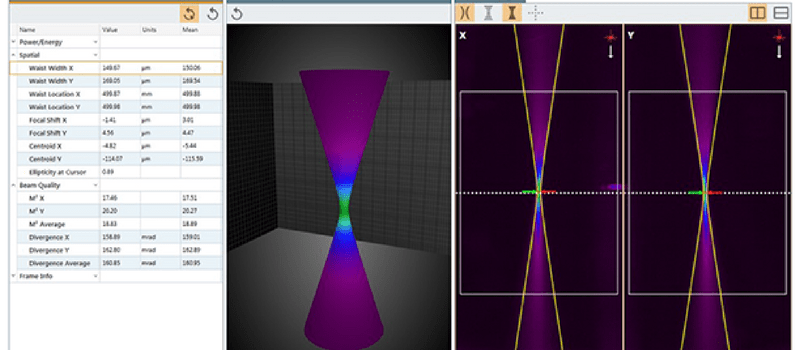
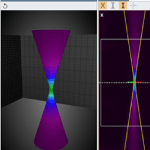
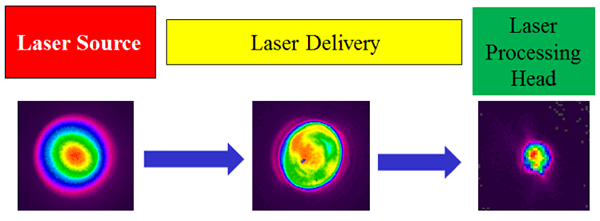
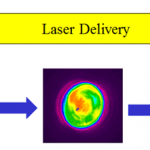
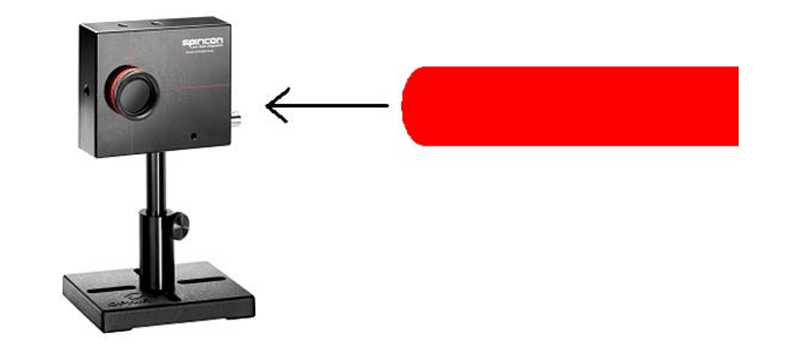
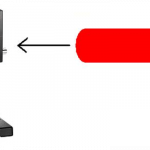
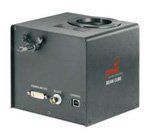
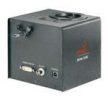
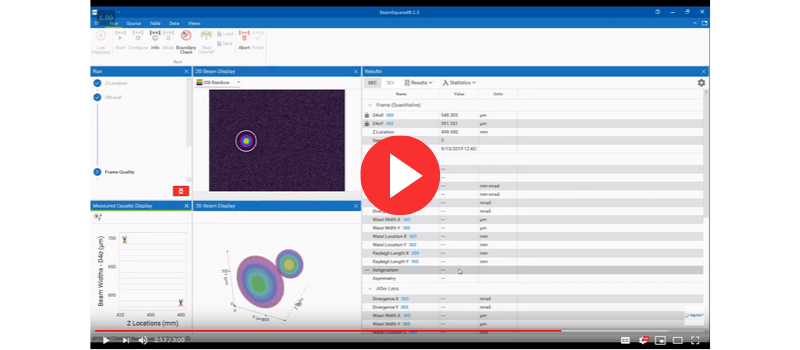
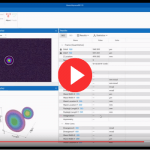
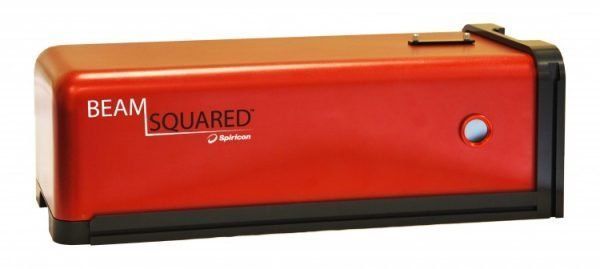
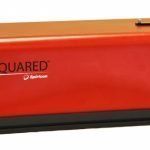
Leave a Reply
Your email address will not be published. Required fields are marked *